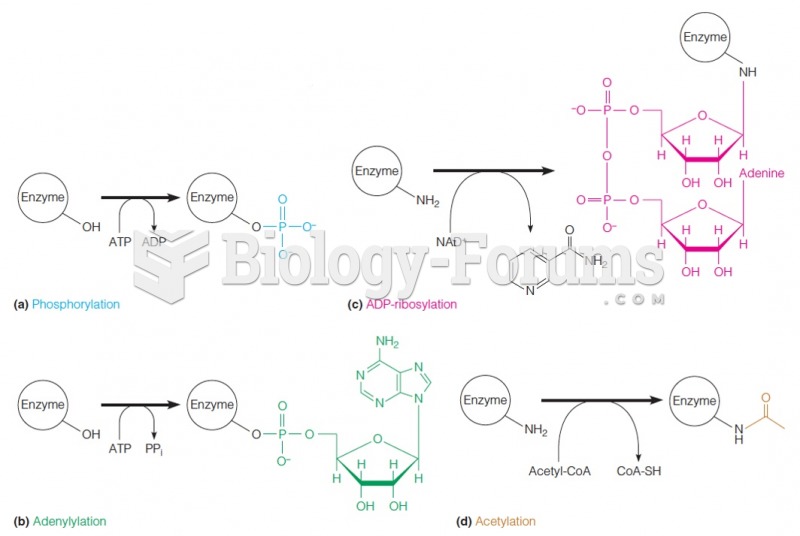Answer to Question 1
b
Answer to Question 2
Magazine advertising's strengths are:
1 . Some magazines reach very large audiences.
2 . Selectivity. The ability to pinpoint specific audiences is the feature that most distinguishes magazine advertising from other media. Selectivity enables an advertiser to achieve effective, rather than wasted exposure, which translates into more efficient advertising and lower costs per thousand target customers.
3 . Long life. Magazines are used for reference and kept around the home, and subscribers sometimes pass along their copies to other readers.
4 . High level of reproductive quality. Magazines as an advertising medium are exceptional with regard to elegance, quality, beauty, prestige, and snob appeal.
5 . Magazines are also a particularly good source for providing detailed product information and for conveying this information with a sense of authority. Because the editorial content of magazines often includes articles that themselves represent a sense of insight, expertise, and credibility, the advertisements carried in these magazines convey a similar sense of authority, or correctness.
6 . Creative ability to get consumers involved in ads. This ability is due to the self-selection and reader-controlled nature of magazines compared with more intrusive media such as radio and television.
Magazine advertising's limitations are:
1 . Not intrusive. Readers control whether to be exposed to a magazine ad.
2 . Long lead times. Magazines have long closing dates that require advertising materials to be on hand for weeks in advance of the actual publication date.
3 . Clutter. Readers can become engrossed in editorial content and skip over advertisements so as not to have their reading disrupted.
4 . Fewer geographic options than other media. However, some large circulation magazines provide considerable selectivity.
5 . Variability in circulation patterns from market to market.







